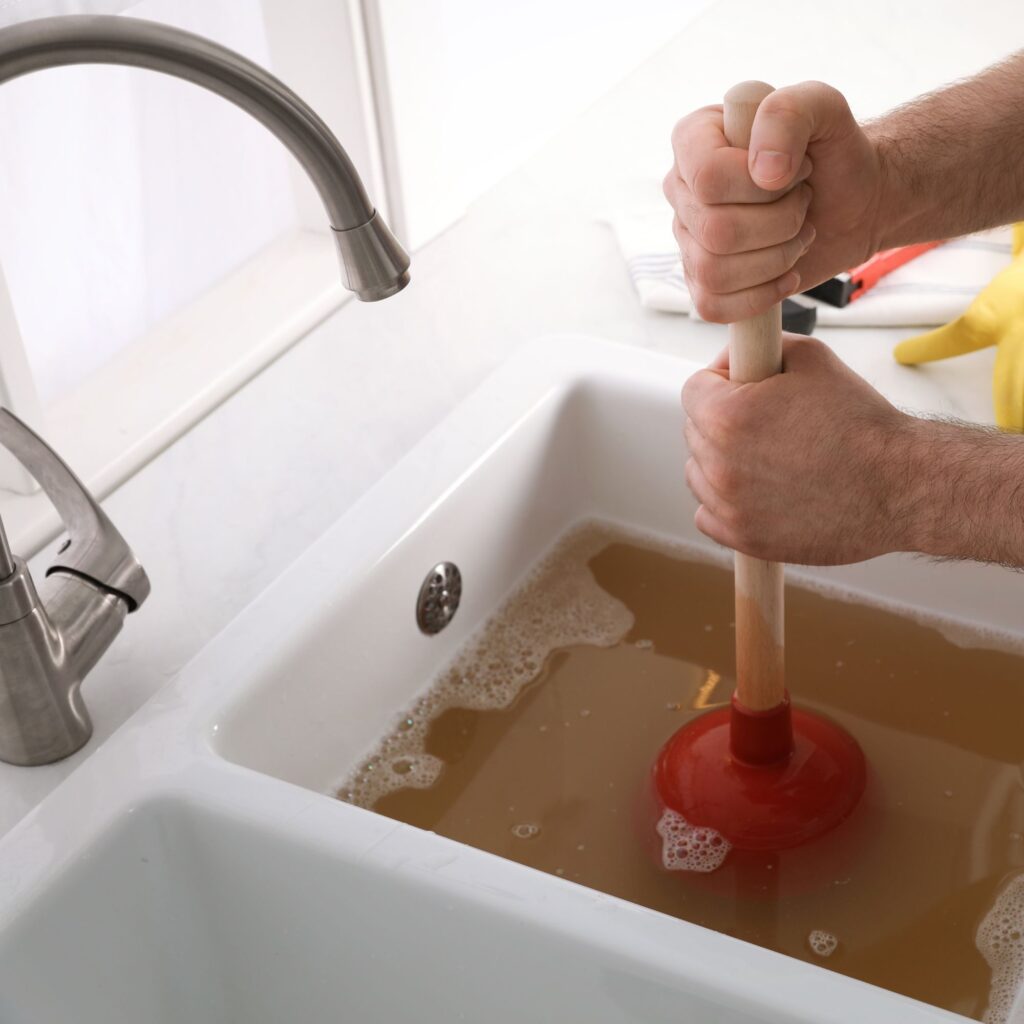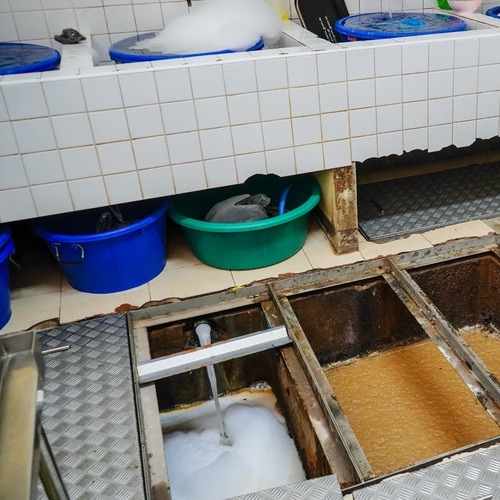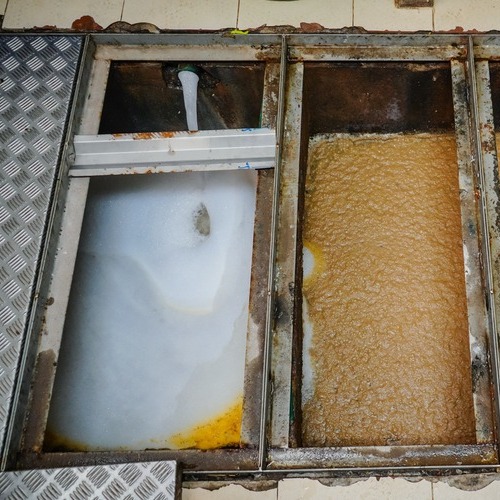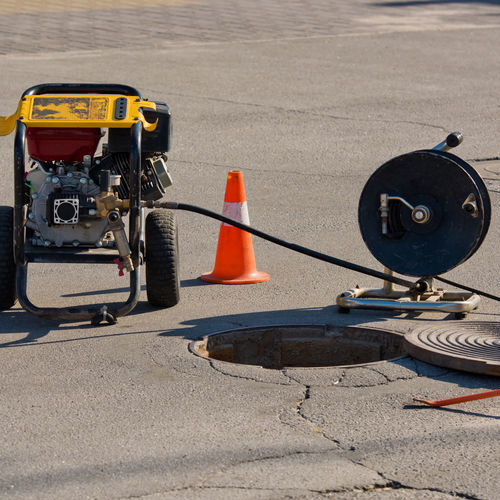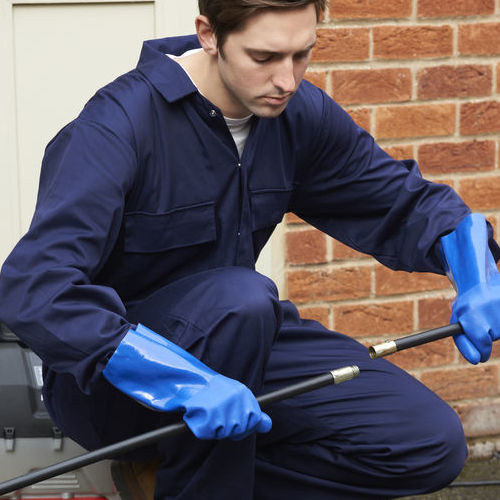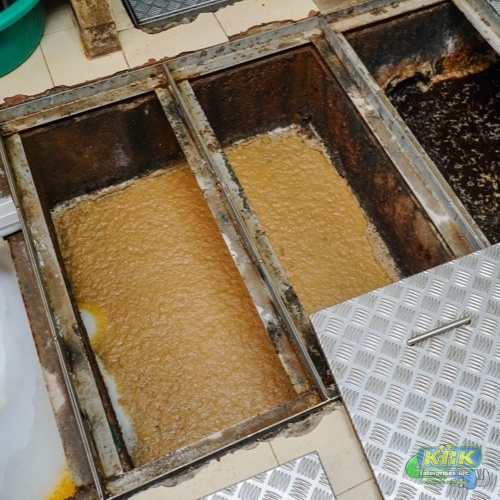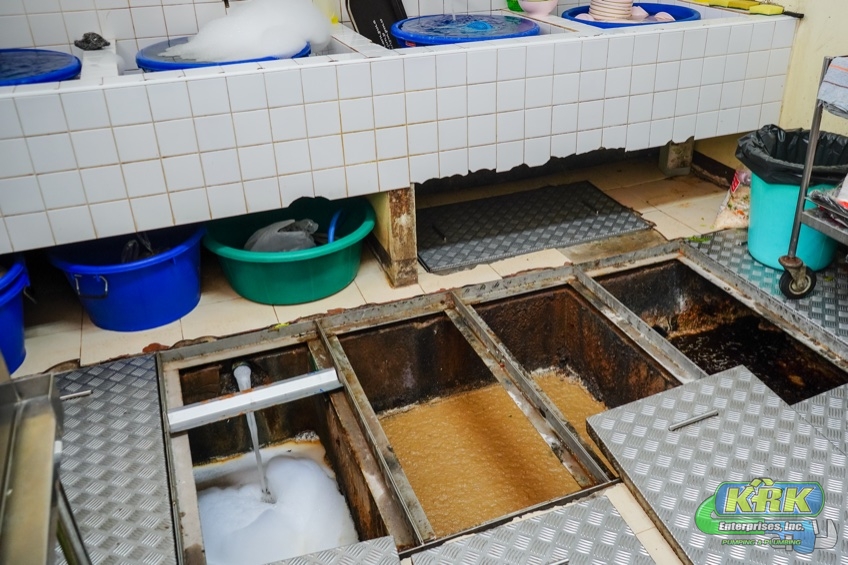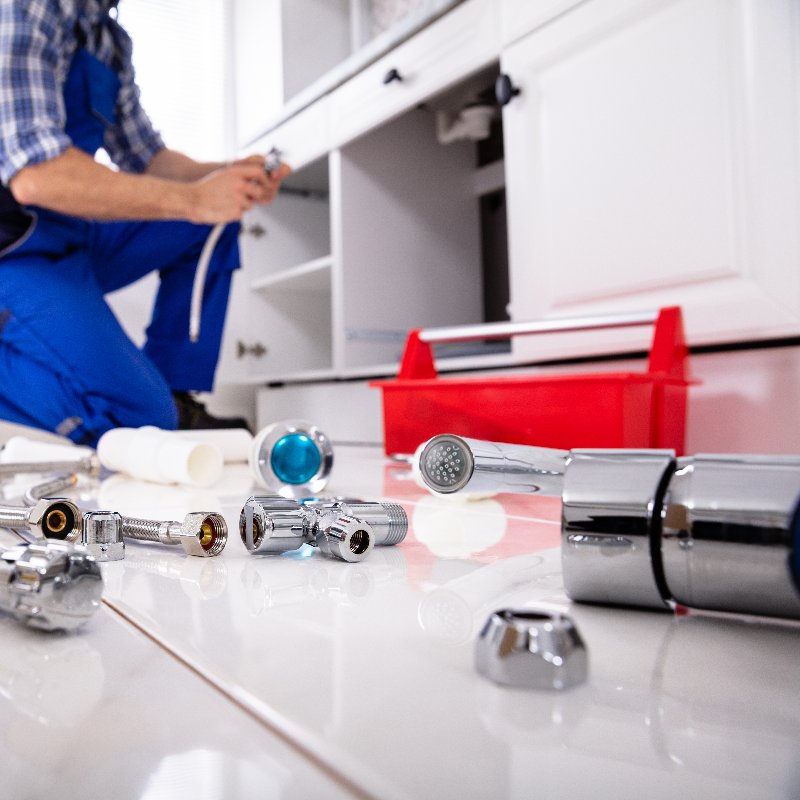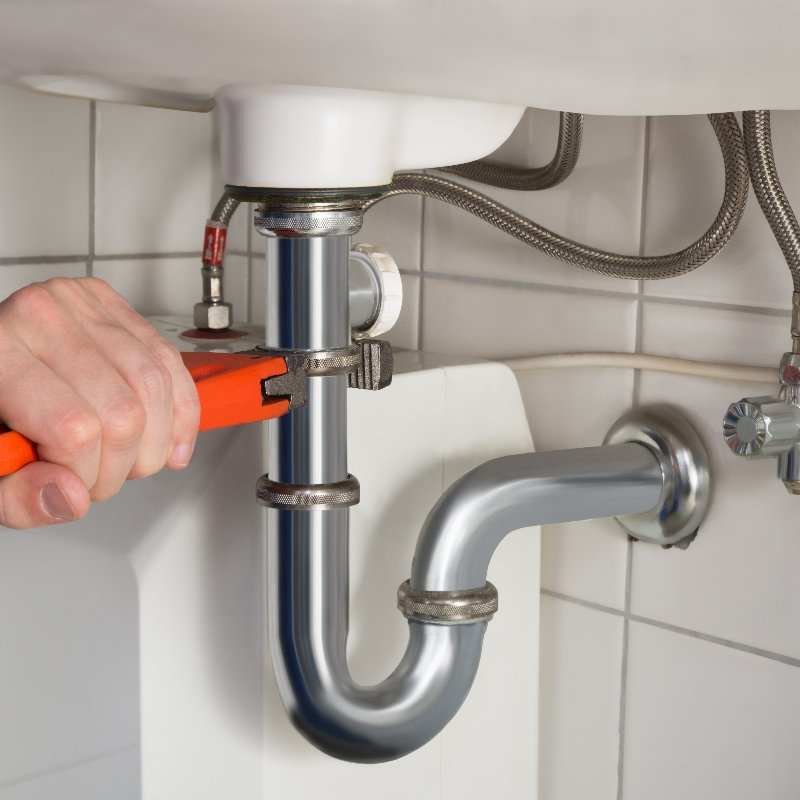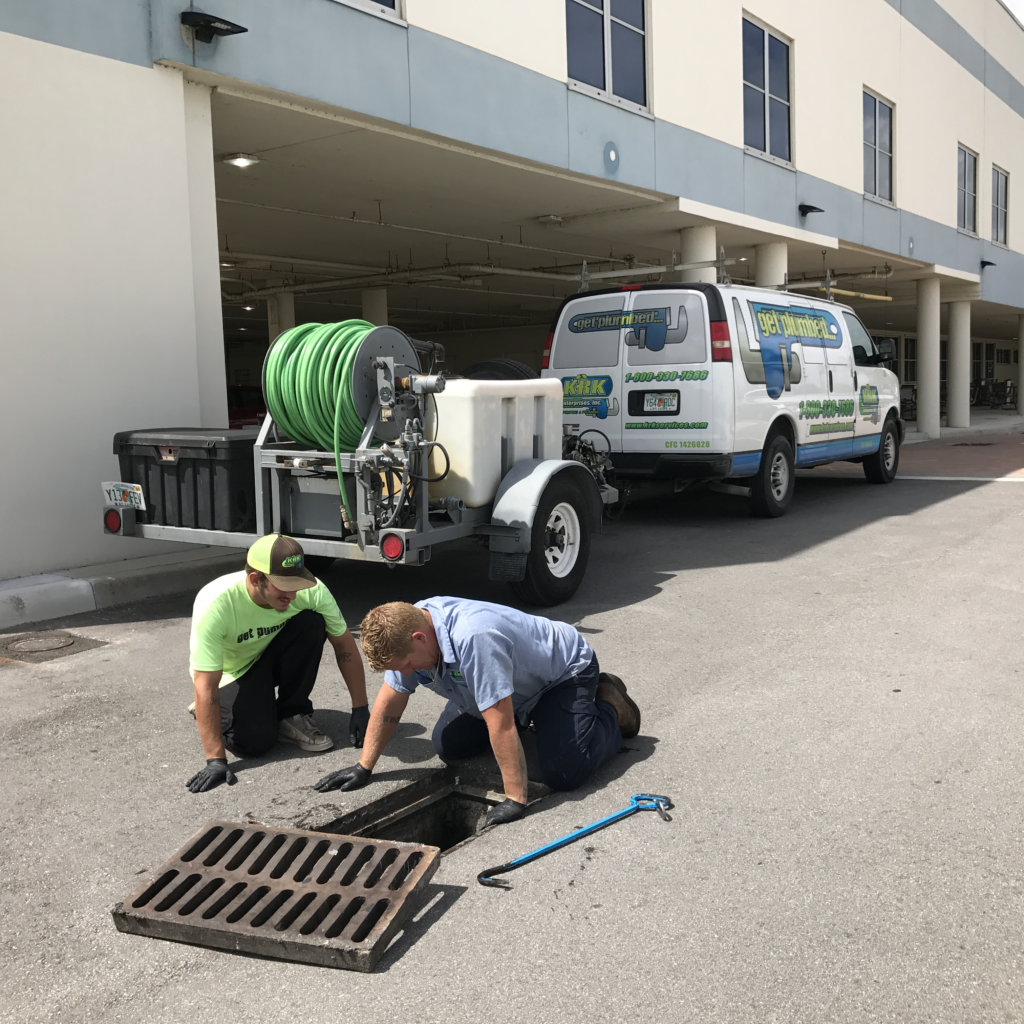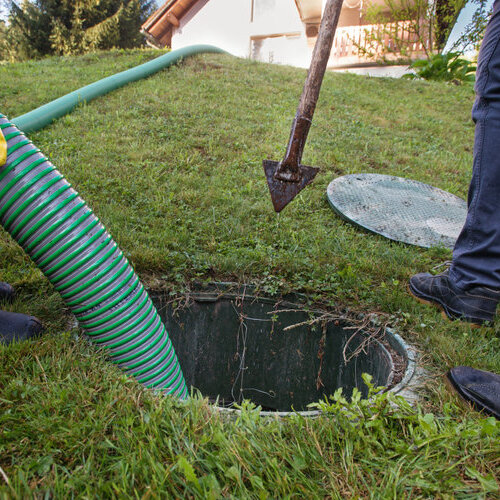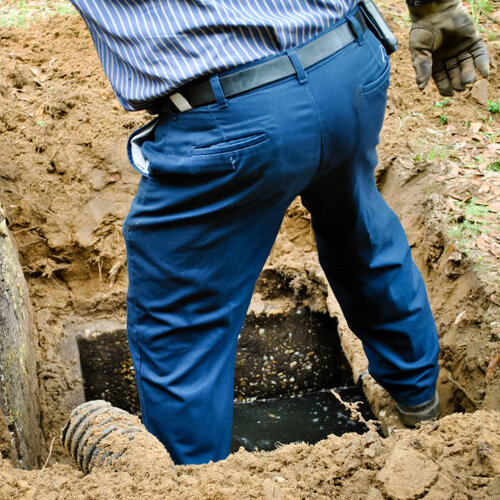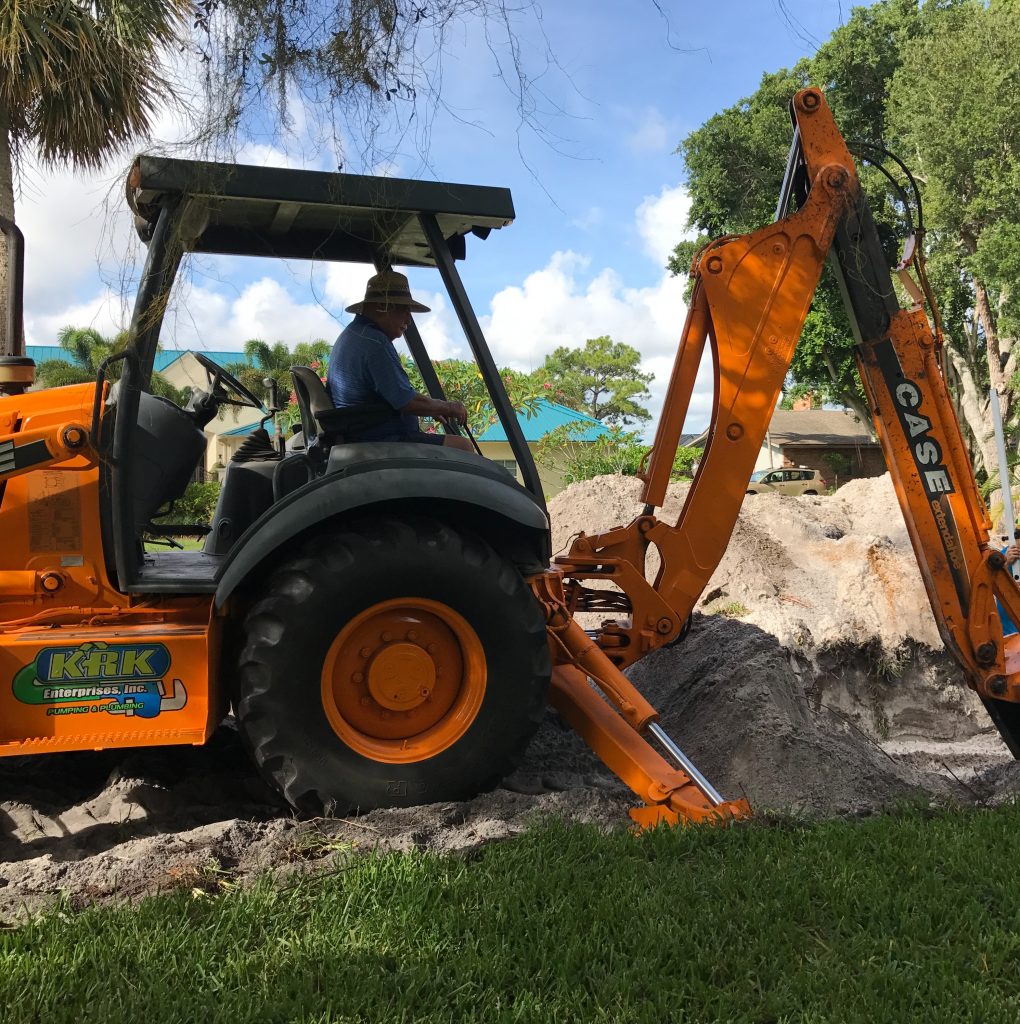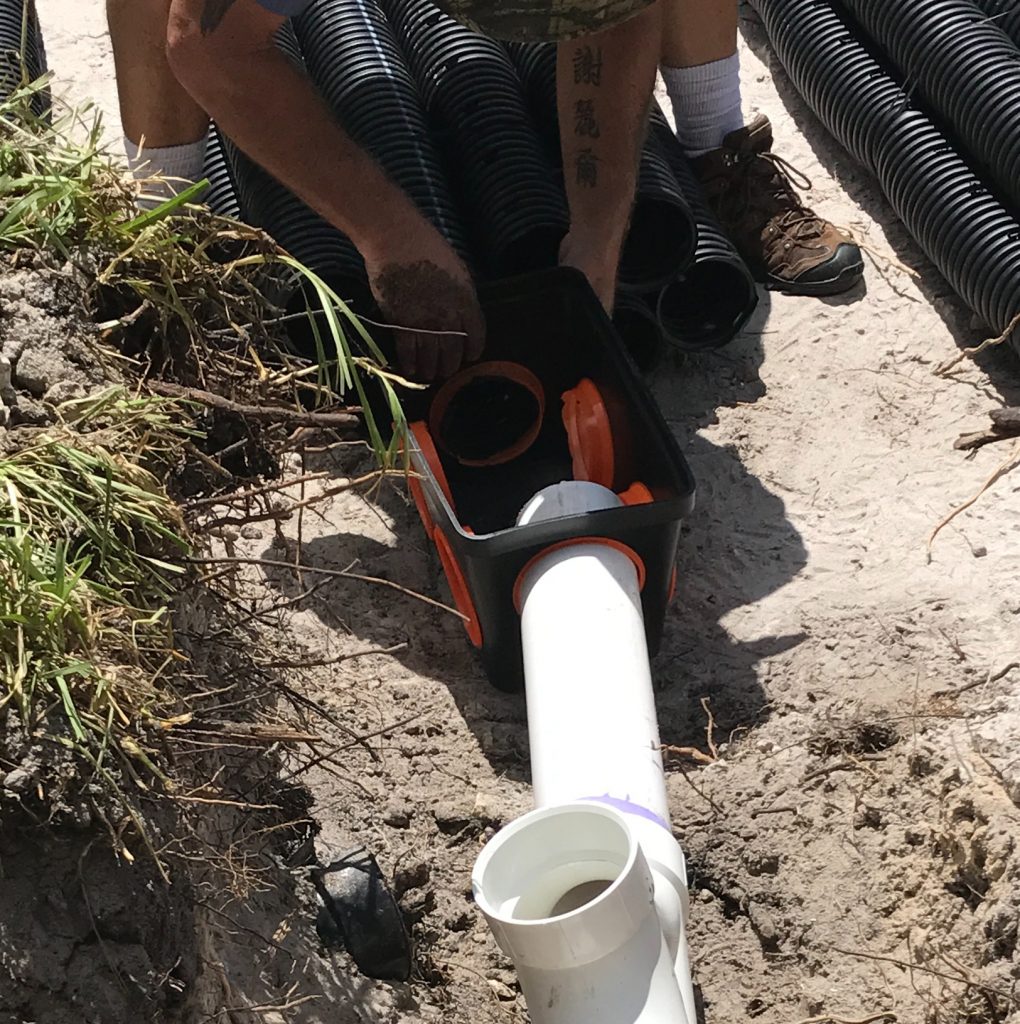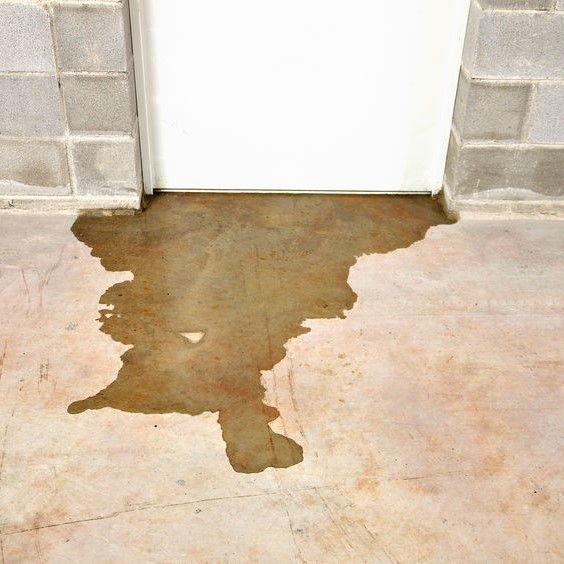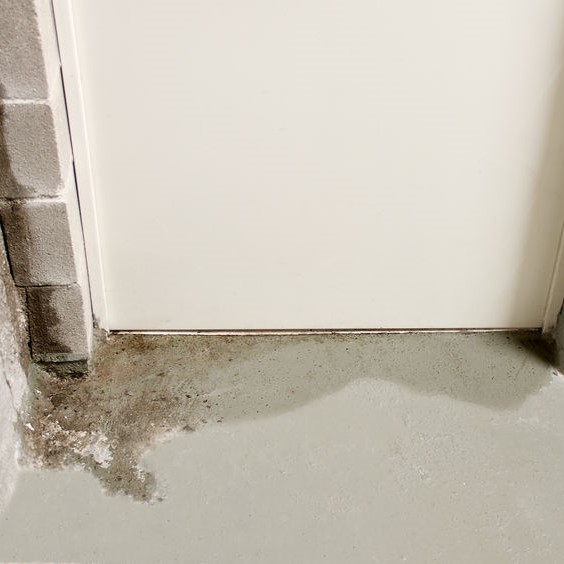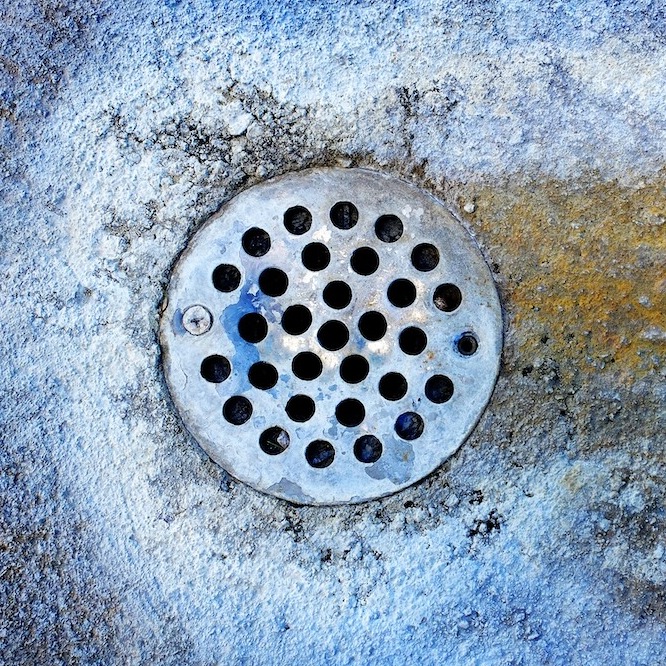
Conquering Clogged Drains: Effective Methods for Uncloging Commercial Plumbing
Commercial kitchens, restrooms, and laundry facilities experience a high volume of daily usage, making clogged drains a common occurrence. These clogs can disrupt operations, create unsanitary conditions, and even lead to costly repairs if left unattended. This blog post delves into various effective methods for unclogging commercial drains, empowering you to tackle these plumbing challenges efficiently.
Understanding the Nature of the Clog
The most effective approach to unclogging a drain depends on the nature of the blockage. Here’s a breakdown of common culprits behind commercial drain clogs:
- Grease and Fat: In kitchens, grease and fat solidify as they cool down, accumulating on the inner walls of pipes and eventually causing blockages. Food scraps can further worsen the situation by getting trapped in the grease, creating a formidable clog.
- Soap Scum and Hair: In restrooms, soap scum, hair, and other personal hygiene products can accumulate over time, forming a blockage within the drainpipes.
- Coffee Grounds: Coffee grounds, despite their seemingly small size, can readily clump together and clog drains, particularly in areas with high coffee consumption like break rooms.
- Foreign Objects: Unfortunately, accidental drops or deliberate flushing of foreign objects like utensils, rags, or toys can contribute to severe blockages in commercial drains.
By pinpointing the potential source of the clog, you can choose the most appropriate method for tackling the problem.
Prevention is Key: Best Practices for Minimizing Clog Risks
While effective unclogging methods exist, preventing clogs in the first place is ideal. Here are some best practices to minimize the risk of clogged drains in your commercial establishment:
- Install Drain Guards: Utilize drain guards in kitchen sinks, floor drains, and bathroom sinks to trap food scraps, hair, and other debris before they enter the drainpipes. Empty and clean these guards regularly for optimal effectiveness.
- Train Staff on Proper Disposal Practices: Educate your staff on proper waste disposal procedures. Food scraps, grease, and coffee grounds should never be poured down the drain. Encourage the use of designated bins for proper waste disposal.
- Regular Grease Trap Maintenance: For kitchens, schedule regular cleaning and maintenance of grease traps. These traps intercept grease and fat before they enter the main drainage system, significantly reducing the risk of clogs further down the line.
- Enzyme Drain Treatments: Consider using preventative enzyme drain treatments. These biological products break down organic matter like grease and food scraps within the drainpipes, minimizing buildup and potential blockages.
Unclogging Strategies for Commercial Drains
When a clog does occur, a multi-pronged approach might be necessary to clear the blockage. Here are some effective methods for unclogging commercial drains:
Manual Techniques
- Plunging: For minor clogs, a commercial-grade plunger can be a good first line of defense. The forceful suction can dislodge clogs caused by hair, soap scum, or soft debris.
- Drain Snake (Auger): A drain snake, also known as an auger, is a long, flexible metal cable with an auger head at the end. This tool can be inserted into the drain to break up and remove clogs located deeper within the pipes.
Important Note: While plungers and drain snakes can be effective for minor clogs, extensive blockages or clogs caused by foreign objects might require professional intervention.
Chemical Drain Cleaners
Use with Caution: Chemical drain cleaners can be a powerful tool for dissolving tough clogs. However, they should be used with caution due to their harsh chemical composition. Always follow the manufacturer’s instructions carefully and ensure proper ventilation when using these products. For stubborn clogs or frequent reliance on chemical cleaners, consulting a professional plumber is recommended.
Professional Drain Cleaning Services
For severe clogs, extensive drain system blockages, or clogs caused by foreign objects, professional help is often necessary. Commercial plumbers possess specialized equipment and expertise to diagnose the problem accurately and employ advanced techniques to clear the blockage efficiently. These techniques might include:
- Hydro-jetting: This method utilizes high-pressure water jets to blast away clogs and clear debris buildup within the pipes. Hydro-jetting is a highly effective method for tackling tough clogs and cleaning the entire drainage system.
- Video Camera Inspection: Professional plumbers can use specialized video cameras to inspect the interior of drainpipes. This allows them to pinpoint the exact location and nature of the clog, facilitating a targeted and efficient repair approach.
The Importance of Seeking Professional Help
While DIY methods can sometimes address minor commercial drain clogs, there are several compelling reasons to seek professional help from a licensed plumber:
- Expertise and Equipment: Commercial plumbers possess specialized training, experience, and advanced equipment to diagnose and tackle complex clogs effectively. Their expertise ensures the job is done right the first time, minimizing downtime and disruption to your business operations.
- Safety Considerations: Some drain cleaning methods, like using harsh chemical cleaners or working with high-pressure water jets, can be hazardous if not handled properly. Professional plumbers understand the safety protocols and wear appropriate personal protective equipment to ensure their safety and yours.
- Preventing Future Problems: A professional plumber can not only clear the current clog but also identify potential underlying issues within your drainage system. They can recommend preventative measures and maintenance strategies to minimize the risk of future blockages.
- Peace of Mind: Having a licensed plumber address the clog provides peace of mind knowing the problem is resolved efficiently and correctly. This allows you to focus on running your business without the worry of recurring drain issues.
Conclusion
Clogged drains can be a nuisance in any setting, but in a commercial environment, they can disrupt operations and cause significant inconvenience. By understanding the different types of clogs, implementing preventative measures, and knowing when to seek professional help, you can keep your commercial drains flowing freely and ensure the smooth operation of your business.
Remember: When tackling a clogged drain, prioritize safety and choose the method best suited to the severity of the clog. For extensive blockages or foreign objects lodged within the pipes, don’t hesitate to contact a qualified commercial plumber to ensure a swift and professional resolution. Please don’t hesitate to call us today at 800-330-7686 if you need commercial drain cleaning services in Fort Pierce and Port St. Lucie, Fl.


